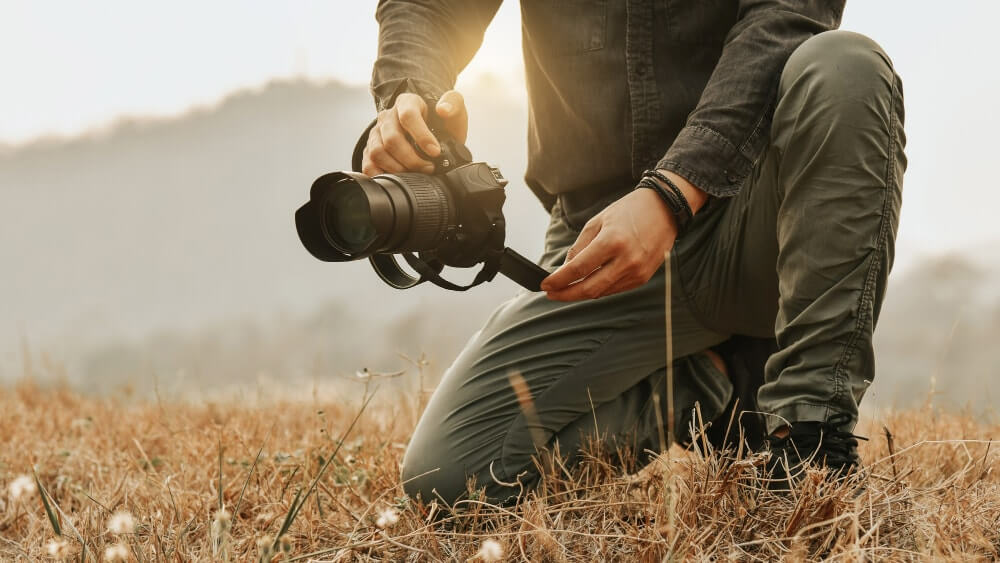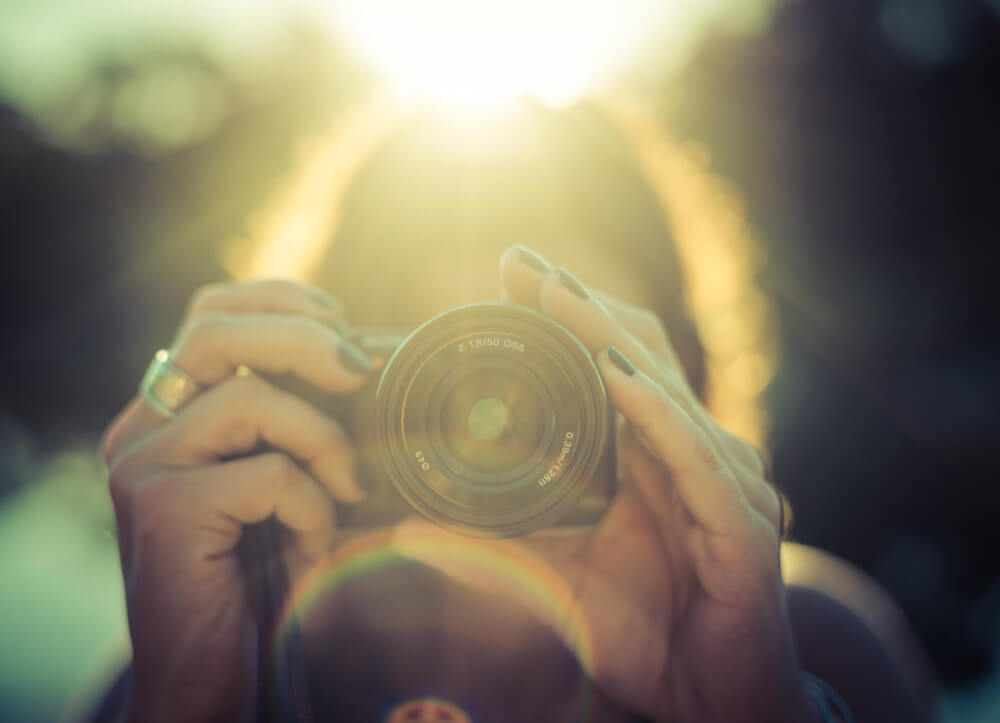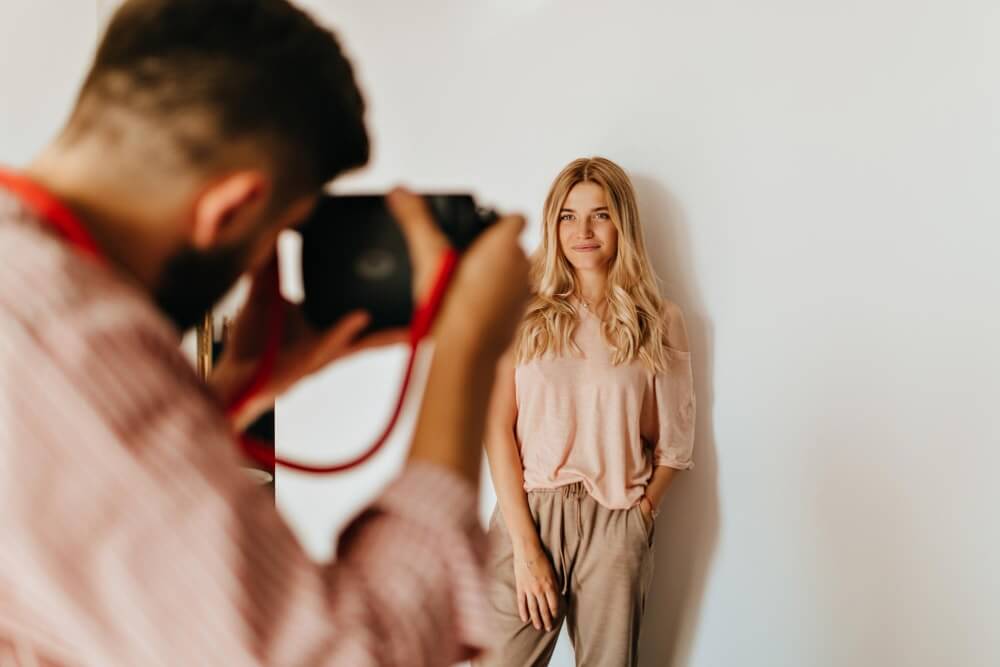There’s a certain stillness in beauty. An instant of clarity when the camera sees what the human eye often rushes past. Photography, at its most powerful, is about savoring life intensely, finding meaning in fleeting moments, and capturing forever what might otherwise be lost in the blur of motion. In learning how to appreciate beauty through photography, we begin a quiet but profound transformation in the way we engage with the world.
Seeing the World Differently: How to Appreciate Beauty Through Photography
At first, photography may feel like only a witness to what already exists. But in time, it becomes a way of seeing—a heightened awareness of shadow, shape, and story. As Peter Adams once wrote, “Great photography is about depth of feeling, not depth of field.” The camera makes us stop, reframe, and reflect. It nudges us to pause in front of things we’ve passed all our lives without really seeing.
In practicing photography, we train our eyes to pick up nuances we never considered: the way light bleeds through leaves, the softness of a forgotten doorway, the precise moment a child breaks into a smile. It’s not about creating beauty. It’s about finding beauty already present.

Everyday Life in Focus: Finding Beauty in the Ordinary
So much of everyday life goes unnoticed. The clink of coffee cups, the lines on a weathered hand, the slow yawn of a cat in sunlight. Yet these little things carry emotional weight. They tell a story. When we begin taking pictures of them—not just the posed, curated ones, but the raw, unfiltered slices of life—we begin to see the joy, hope, and pleasure nestled in the mundane.
This practice of appreciation is especially resonant in residential settings where environment and routine intersect. You can begin by photographing your neighborhood. This might seem simple, but it teaches discipline. How do you frame the way light falls on a trellis? How do you compose an image that shows movement in stillness? These are the kinds of questions that help you fall in love with your surroundings again.
In thoughtfully designed communities like Crown Asia’s Ponticelli in Bacoor or La Marea in San Pedro, every stroll becomes an opportunity to notice detail. From nature’s magnificence in manicured pocket parks to art-inspired Italian façades and flowing community fountains, these settings invite us to experiment with framing, perspective, and contrast.

Image source: https://www.freepik.com/premium-photo/close-up-woman-holding-camera-sunny-day_104258503.htm#from_element=cross_selling__photo
The Power of Light and Shadow in Black and White Photography
If color is emotion, black and white photography is introspection. Removing hues forces us to notice form, contrast, and negative space. Black and white imagery carries a timeless gravity—a kind of hushed reverence for what’s real and raw.
Photographers like Bill Brandt, Dorothea Lange, and Edward Weston knew this intimately. Their works show how light, when stripped of color, reveals texture and emotion in more arresting ways. In this kind of photography, the camera sees not just the object, but the tension between light and shadow.
Try shooting a stone pathway or a wrought-iron balcony in your Crown Asia neighborhood at dusk or dawn. Without color, the weight of shadow becomes narrative. The awe lies not in what you capture, but in how the camera translates what the eyes permit. As Stefan Kanfer once said, “There’s something strange and powerful about black and white imagery.”
A Thousand Words in Every Frame: The Storytelling Strength of Great Photography
They say a picture is worth a thousand words, and for good reason. A single image can capture laughter, longing, or loss without a syllable spoken. Photography takes a fleeting moment—a blink in time—and seals it in permanence.
Icons like Ansel Adams, Annie Leibovitz, and Marc Riboud built their legacies on this principle. Their photographs aren’t simply beautiful—they are layered with emotions, contexts, and contradictions that are all already present all your life. They prove that trust pictures aren’t just a saying; it’s a practice. A way of believing that sometimes, pictures speak more clearly than words.
When we shoot with intention, we become storytellers. A mother and child on a front step, a bird mid-flight over a rooftop, a curtain billowing in the wind—each can become a picture painted not with brushes, but with framing and patience.
Unlike written narratives, where readers must trust words to paint the scene, photography offers immediacy—what you see is the emotion as it was.

Photographing People: Human Connection, Emotion, and Soul
Few subjects are as compelling—or as challenging—as people. To photograph people is to enter sacred territory. Faces carry soul, and with them, stories too personal for dialogue. A glance, a posture, a tear—all whisper truths too delicate for language.
Alfred Eisenstaedt, Aaron Siskind, and Alfred Stieglitz understood the nuance of human imagery. Their portraits are not just likenesses; they are emotional footprints. One poignant example is Alfred Eisenstaedt’s iconic V-J Day kiss in Times Square—raw, emotional, and universally human.
In capturing the human condition, we must balance curiosity with care. No one wants to be forever subjected to the lens, exposed without consent. And yet, when done with empathy, a human portrait can awaken connection, vulnerability, even healing.
It is here that photography becomes more than a hobby—it becomes a responsibility. We don’t just admire our subjects; we listen, we observe, we honor. The camera becomes not a weapon, but a mirror.
From Inspiration to Creation: Learning from Other Photographers
Studying other photographers helps us refine our own voice. Andy Warhol saw repetition and celebrity as commentary. Karl Lagerfeld used the camera as an extension of fashion’s narrative. Their works remind us that every photo is a perspective, a choice, a frame.
Yet theory means little without practice. To improve, one must shoot—constantly. And what better place to test your skills than your environment?
Walk through Ponticelli’s Italian-inspired lanes, or observe the American-style homes at La Marea. Frame the curvature of iron gates, wait for the golden hour to capture how sunlight kisses the bricks, focus on symmetry in community arches and walkways. This is how beauty becomes accessible, how your lens begins completing what your vision imagined.
These developments offer composition. You’ll find rhythm in repetition, depth in design, and movement in stillness. By framing, timing, and choosing what to include or exclude, the photographer reshapes reality just enough to reveal its essence and, by doing so, successfully alters life. This is the everyday art of observation. Whether digital or film, the process remains the same: noticing, framing, and interpreting moments that would otherwise slip past.

Trust Pictures, Not Just Words: The Emotional Impact of the Photograph
Words can explain, but images evoke. When we trust pictures, we surrender to their immediate and visceral language. A photograph doesn’t have to justify itself—it simply is. And in that stillness lies power.
Think of the sun filtering through pine leaves, or a child reaching for bubbles. These are not just memories; they are fragments of feeling, containers of living energy. They speak of hope, awe, sense, and all the subtle states that often defy language.
Photography allows us to share emotions without translation. To show, not tell. To feel, not explain. And in that visual honesty, we often discover deeper truths than any caption could provide.
Conclusion: A Picture Painted by the Eyes, Not Just the Lens
In learning how to appreciate beauty through photography, we uncover a discipline that is also a devotion. We begin to see that a picture painted by our own eyes—with intention and tenderness—can reveal a richness we’ve ignored for years.
Photography is not just about lenses and lighting. It’s about shifting how we experience life. It’s about choosing to witness, to wait, to wonder. It teaches us to look more slowly, to observe with heart, and to celebrate the extraordinary within the ordinary.
And that, perhaps, is the most enduring lesson of all: Beauty was never hiding. We just needed to learn how to capture it.


